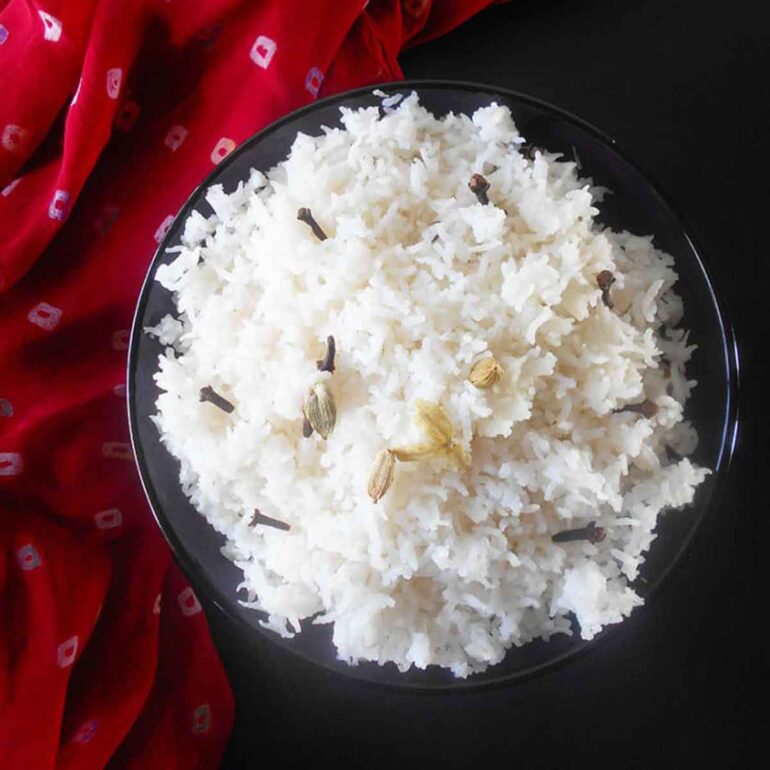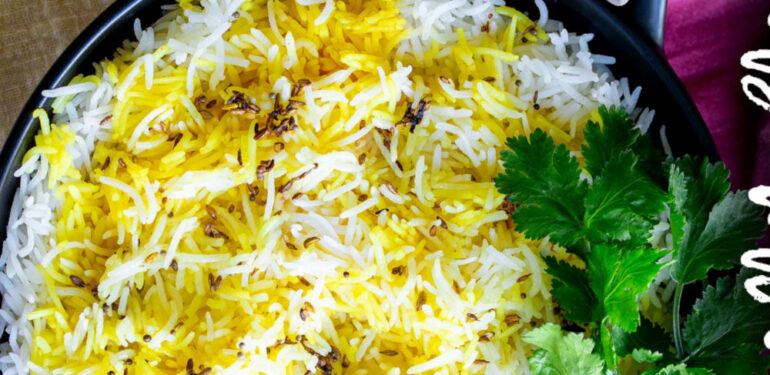Ever ended up with a pot of mushy or undercooked Ponni Boiled Rice? Ugh, we’ve all been there. But guess what? Cooking this best rice doesn’t have to be a guessing game. Let me spill the secrets to nailing it every time using your trusty pressure cooker.
Why Ponni Boiled Rice?
Before we dive in, let’s chat about why this rice is a superstar:
- Nutrient-rich: Parboiled to retain vitamins and minerals.
- Less sticky: Perfect for biryanis, curries, or even fried rice.
- Quick to cook: Ready in under 20 minutes!
What You’ll Need
- 1 cup Ponni Boiled Rice
- 3 cups water (yes, the ratio is KEY!)
- Pressure cooker
- A dash of patience (no peeking!)

Step-by-Step Guide to Fluffy Perfection
1. Rinse Like You Mean It
- Wash the rice 2-3 times in cold water until it runs clear. This removes excess starch and stops clumping.
2. Water Ratio = Magic Formula
- Add 1 cup rice + 3 cups water to the cooker. (Pro tip: For softer rice, add ½ cup extra water.)
3. Let’s Get Cooking!
- Close the lid, turn the heat to medium.
- Wait for 3-4 whistles (about 10-12 mins).
4. The Secret: Rest, Don’t Rush!
- Turn off the heat. Let the cooker sit for 10 minutes. This lets the rice absorb any leftover steam.
5. Fluff It Up!
- Gently open the lid, fluff the rice with a fork. Voilà!
Pro Tips for the Best Rice
- Soak for extra fluffiness: 15-20 minutes before cooking.
- Adjust heat: Lower flame after the first whistle to avoid burning.
- Salt?: Add a pinch while cooking if you like seasoned rice.
Why This Method Works
Pressure cooking locks in steam, ensuring even cooking. The 1:3 rice-to-water ratio gives Ponni Boiled Rice the hydration it needs without turning soggy. Letting it rest? That’s the final touch for restaurant-style texture.
Pair It Like a Pro
Ponni Boiled Rice pairs like a dream with:
- Spicy fish curry
- Creamy dal tadka
- Veggie stir-fries
Final Thoughts
Cooking Ponni Boiled Rice is so easy once you know the tricks. No more gluey disasters—just fluffy, fragrant grains ready to elevate your meal. Give this method a try and tag me in your food pics!
Happy cooking!






